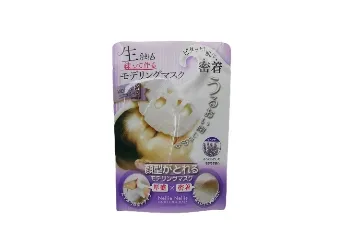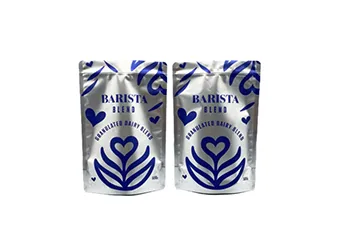Packing wheat flour efficiently and effectively is crucial for maintaining quality, extending shelf life, and meeting consumer demands. It is an intricate process that involves both technical expertise and a deep understanding of market needs. As a professional with years of experience in the food packaging industry, I would like to delve into the nuances of wheat flour packaging and highlight its importance in the product lifecycle.

In the heart of food manufacturing, packaging professionals continuously strive to balance practicality with environmental responsibility. Wheat flour, being a staple in many households, demands packaging solutions that protect the product while resonating with modern sustainability goals. One fundamental expertise in this arena is understanding the permeability of packaging materials. Wheat flour is sensitive to moisture, which can lead to lump formation or spoilage. Therefore, materials with excellent moisture barrier properties are paramount. Options such as multi-layered paper packaging with a polyethylene coating or high-barrier plastic bags are extensively used. Each material choice affects the shelf life of the wheat flour and ultimately the consumer's trust in the product.
Furthermore,
authoritativeness in wheat flour packaging extends beyond just material choices. There's a need to adhere to strict regulatory standards to ensure food safety and quality. For instance, manufacturers must comply with the Food Safety Modernization Act (FSMA) that focuses on preventive controls to mitigate contamination risks. Packaging facilities often need to provide documented proof of testing and quality control processes, thereby reassuring consumers of the safety of their flour.

Creating trustworthiness within the packaging domain also integrates technological advancements in manufacturing. Digital printing technologies have become indispensable, allowing brands to include QR codes on their packages. These codes can link consumers to information about the sourcing of the wheat, details of the milling process, certification statuses, and even delicious new recipes, thereby enriching the consumer's purchase experience.
Export markets impose additional challenges, where expertise is displayed in understanding labeling requirements and cultural nuances. Use of standardized labeling that meets international guidelines such as those set by Codex Alimentarius is crucial. This prevents regulatory hurdles across borders and further establishes the brand’s credibility on a global scale.
wheat flour packing
Within the dynamic atmosphere of today's retail landscape, packaging professionals are also re-evaluating the packaging dimensions and formats that align with consumer expectations. The trend towards smaller, resealable packages is noteworthy. It caters to a growing demographic of smaller households and health-conscious individuals who prefer fresher flour due to increased frequency of purchasing.
Another dimension where experience speaks volumes is in adopting eco-friendly alternatives. The shift towards sustainable packaging materials such as biodegradable PLA (polylactic acid) films or starch-based alternatives illustrates a commitment to environmental stewardship. This transition not only contributes to decreasing carbon footprints but also aligns with the values of eco-conscious consumers who are increasingly scrutinizing the ecological impact of their purchases.
E-commerce has changed the dynamics of consumer purchasing behavior, introducing new challenges in packaging design for wheat flour. Packages now must withstand the rigors of shipping while maintaining aesthetic appeal on digital platforms. The rise of social media unboxing experiences has nudged brands towards creating packages that offer both protection and a memorable purchase experience.
Real-world experience with integrated packaging solutions for minimizing packing errors, embracing automation, and improving traceability is imperative as well. Advanced automated filling lines reduce human error, ensuring consistency, efficiency, and adherence to quality standards.
In conclusion, the packing of wheat flour is a multidisciplinary endeavor that requires a harmonious blend of experience, expertise, and a commitment to quality and safety. It is a testament to the ever-evolving nature of product packaging — constantly adapting to new technologies, consumer expectations, and sustainability imperatives. By staying at the forefront of these changes, packaging professionals ensure that wheat flour reaches consumers in perfect condition, reinforcing brand loyalty and trustworthiness in highly competitive markets.